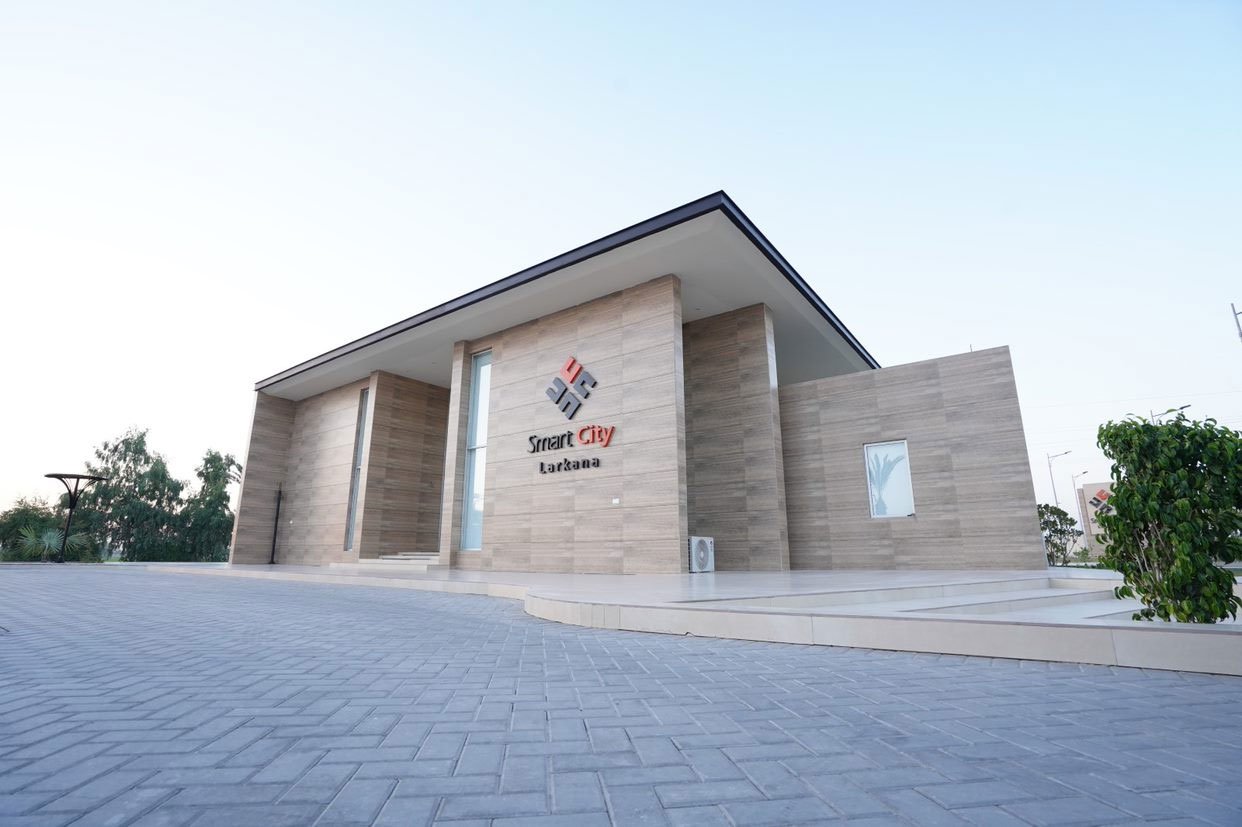
Pakistan has seen significant changes in the real estate sector over the past several decades. The country has undergone rapid urbanization and economic growth, leading to increased demand for housing and commercial properties. In this blog, we will explore the evolution of real estate in Pakistan and how it has impacted the country's economy and society.
The Early Years: Pre-Independence
Before the creation of Pakistan in 1947, the real estate industry was largely dominated by British and Indian developers. These companies were primarily focused on building commercial and residential properties for the wealthy elite. However, with the creation of Pakistan, the industry saw a shift towards developing infrastructure projects such as roads, bridges, and government buildings
The 1960s to 1980s: Urbanization and the Rise of Large Developers
In the 1960s and 1970s, Pakistan experienced rapid urbanization as people migrated from rural areas to the cities in search of work and better opportunities. This led to a surge in demand for housing and commercial properties, and developers responded by building large-scale projects in major cities such as Karachi, Lahore, and Islamabad.
During this time, the real estate industry also saw the emergence of large, multinational developers such as DHA (Defence Housing Authority) and Nespak (National Engineering Services Pakistan). These companies were responsible for some of the most iconic projects in the country, such as DHA Lahore and Nespak's Faisal Mosque in Islamabad.
In the early 1980s, the real estate market in Pakistan was largely unregulated, with a lack of transparency and accountability. However, the government introduced reforms in the late 1980s, including establishing the Real Estate Investment Trust (REIT) and the Lahore Real Estate Regulatory Authority (LREMA). This helped improve the sector's legal framework and increase investor confidence.
Since then, the real estate market in Pakistan has continued to grow and mature with the development of new housing societies, shopping malls, and office buildings. In addition, the construction industry has also grown significantly, using modern technologies and techniques to build high-rise buildings and infrastructure projects. This led to the developing of new residential and commercial projects in these areas and the rehabilitation of older properties.
The 1990s to 2000s: Economic Downturn and the Emergence of Small Developers
In the 1990s and early 2000s, Pakistan's economy went through a tough period, with high inflation, low foreign investment, and a lack of political stability. As a result, investment in real estate industry slowed down significantly, and many large developers needed help to complete their projects.
During this time, small, independent developers emerged, filling the gap left by the larger companies. These developers focused on building smaller, more affordable projects in the suburbs and outskirts of major cities.
The 2010s To Present: The Rise of Real Estate Investment Trusts (Reits) and the Impact of COVID-19
In recent years, the real estate industry in Pakistan has seen a resurgence, with a focus on sustainable, green development and the emergence of real estate investment trusts (REITs). REITs own and operate income-generating real estates assets, such as shopping centers, office buildings, and apartments. They allow investors to participate in the real estate market without owning property themselves, making it more accessible for those who may not have the resources or expertise to start investing in real estate.
The COVID-19 pandemic has also significantly impacted the real estate industry in Pakistan. With lockdowns and travel restrictions, many developers have turned to online platforms to showcase their projects and connect with potential buyers. In addition, the shift towards remote work has led to a rise in demand for residential properties with office space, as more people are looking to work from home.
Top Seven Real Estate Trends in Pakistan
Overall, the evolution of the real estate sector in Pakistan has been a positive one, with increased regulation, transparency, and investment leading to the development of a more mature and robust market. This growth has brought about several new trends that are on par with global standards in the field. These trends include the development of high-rise buildings, gated communities, villa-style homes, mixed-use developments, hotel/serviced apartments, townhouses, and low-cost housing schemes.
High-rise buildings
One of the most prominent trends in the Pakistani construction industry is the development of high-rise buildings. These buildings are becoming increasingly popular in major cities, especially where land is scarce or expensive. High-rise buildings offer several benefits, including cost efficiency, energy efficiency, and a smaller land footprint. They also provide a range of amenities and facilities, such as swimming pools, gyms, and recreational areas, which make them an attractive option for both residents and investors.
Gated communities
Another trend that is gaining popularity in Pakistan is the development of gated communities like Smart City Larkana. These communities offer a range of benefits, including security, privacy, and a sense of community. Many gated communities in Pakistan also have amenities such as parks, playgrounds, and swimming pools, which make them an attractive option for families.
Villa-style homes
Villa-style homes are also becoming increasingly popular in Pakistan. These homes offer a more spacious and luxurious living experience, with large gardens and outdoor areas. They are typically found in upscale neighborhoods or gated communities and are ideal for those who value privacy and space.
Mixed-use developments
Mixed-use developments are another trend that has gained traction in Pakistan. These developments combine residential, commercial, and recreational spaces and are designed to create a self-sufficient community. In addition, mixed-use developments can include a range of amenities, such as shopping centers, restaurants, and entertainment venues, making them an attractive option for those looking for an all-in-one living experience.
Hotel/Serviced apartments
Hotel/serviced apartments are also becoming more popular in Pakistan, particularly in major cities. These apartments offer a range of amenities and services, including housekeeping, concierge, and maintenance, making them an ideal option for those who want the convenience of a hotel with the comfort of a home.
Townhouses
Townhouses are also gaining popularity in Pakistan, particularly in urban areas where space is at a premium. These homes offer a more affordable and compact living option while still providing the benefits of a standalone home, such as a private garden and outdoor space.
Low-cost housing schemes
Low-cost housing schemes are becoming more common in Pakistan as the demand for affordable housing continues to grow. These schemes offer affordable housing options for those who cannot afford expensive options and are often developed in partnership with the government or non-profit organizations.
Conclusion
The real estate industry in Pakistan has come a long way since its early days, with significant shifts in the way it operates and the types of projects it takes on. From large multinational developers to small, independent companies, the sector has adapted to the changing needs and demands of the market. As the industry continues to evolve, it will be interesting to see how it adapts to the challenges and opportunities of the future.
Overall, Pakistan's construction and real estate industry is rapidly growing and evolving along with real estate in Larkana. There are many plots and houses for sale in Larkana if you’re looking to invest as a real estate investor.
These new trends are helping to bring the country in line with global standards. From high-rise buildings to low-cost housing schemes, Smart City Larkana offers you a range of options available to meet the needs of a diverse range of buyers and investments in real estate.



